How to choose shoes for toddlers
Learning to walk is one of life’s biggest milestones. If you’re feeling stuck on where to start, we’ve consulted the experts at Start-Rite Shoes to guide us through the process of how to choose shoes for toddlers.
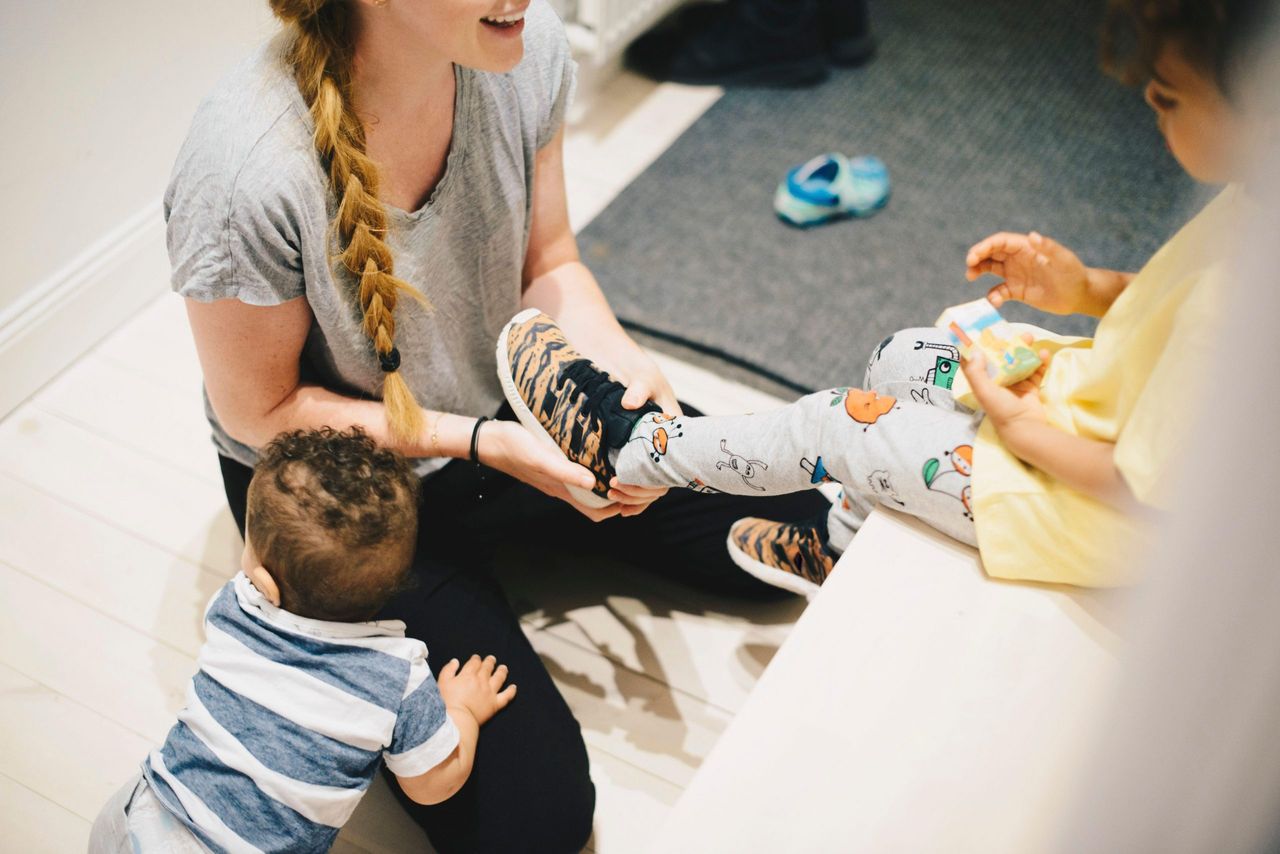
Learning to walk is one of life’s biggest milestones and it can often feel like it’s happened incredibly quickly.
The moment your child starts to walk you’re faced with a whole host of new challenges, from removing everything in their reach to how to choose shoes for toddlers.
Whilst it’s important to let them explore barefoot in their own home, when you start venturing outdoors you are going to need to the best shoes for toddlers to help protect their little feet. If you’re feeling stuck on where to start, we’re here to lend a helping hand. We’ve consulted the experts at Start-Rite Shoes to guide us through the process of how to choose shoes for toddlers.
“Good foot health supports children’s all round development while they’re growing and can even have a lasting effect all the way through to their adult lives,” says Sara Driscoll, Head of Buying & Product at Start-Rite Shoes.
“Children’s feet, especially babies and toddlers, are very delicate and it’s important they are looked after from right from the beginning.”
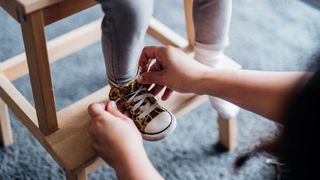
How to choose shoes for toddlers
There are lots of elements to consider when choosing shoes for a toddler. Of course, function must come before fashion but luckily there are plenty of styles that cover both. Sara breaks it down into the key things to look for:
- Shape. Children's shoes should be shaped like a foot. It sounds simple, but some designs can be too pointed, which can harm delicate feet.
- Fastenings. Both buckle and riptape fastenings allow for precise adjustment to help shoes fit the feet properly. Slip-on styles should only be considered for older children.
- Flexibility. Shoes must flexible enough to adapt to the shape of the child’s foot, with plenty of cushioning and room for toes. It's important that soles are also flexible but puncture-proof for little feet walking on stones.
- Material. Wherever possible, parents should choose stable, properly fitted shoes of appropriate width, made with breathable and soft materials. Avoid rubber or plastic uppers.
- Breathable. Breathable linings which allow perspiration to escape through the surface of the shoe, keeping feet fresh, dry and healthy.
- Say no to hand-me-downs. Shoes adapt to the wearer’s feet so unless they have hardly been worn, second-hand shoes are a no-go as they won’t fit properly.
And, don’t forget about tights and socks too. They play a vital role in helping shoes fit properly so it’s a good idea to make sure they are wearing them when they have their feet measured.
“Well-fitted socks and tights are also important to avoid toes being scrunched up in the shoe,” adds Sara.
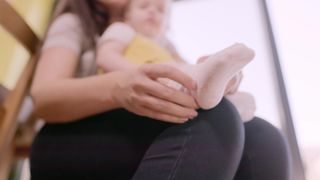
How to choose the right size shoes for your toddler
First things first, you’ve got to get their feet measured and, if possible, by a trained professional. Well-fitted shoes will help support their little feet and let them develop naturally.
“Shoes are going to feel totally different to a child. Properly fitted shoes allow for unhindered development and give the right amount of space and support to help the foot develop naturally,” says Sara. “Fit is so important and should never be compromised on - a toddler's nerve endings may not be fully developed yet so they may not notice or feel pain or discomfort caused by ill-fitting shoes, and may not be able to complain even if they do.”
Most top-quality shoe retailers will offer whole and half sizes and a choice of width fittings to ensure you get the best fit for your toddler.
If you can’t get in-store to see a trained professional, you can purchase a plastic foot gauge from Start-Rite or download their ‘paper gauge’ and follow the online instructions. There are a number of ways you can check the fit once the shoes have arrived. When your toddler walks, make sure the heel is not slipping up and down as this may cause rubbing and blisters. You can also use your thumb to check the big toe isn’t hitting the tip of the shoe.
How fast do toddlers feet grow?
Toddlers feet can grow pretty fast before they hit school age and then they start to slow down, until around 16 years old where they are fully developed. This means you’re going to have to get their feet measured pretty regularly.
“You may need (and want!) shoes for different occasions but remember to get these properly fitted too. Their feet are growing quickly so don’t simply buy the same size as the last pair,” says Sara.
Due to the speed at which toddlers develop, Sara recommends getting their feet measured every six to eight weeks by a trained fitter when they first start wearing shoes, or every time you want a new pair.
“When your child is first in shoes, start by having their feet checked every six to eight weeks, then every two to three months. When possible, children should see a trained fitter, who will fit them into a shoe that is allowing for growth.”
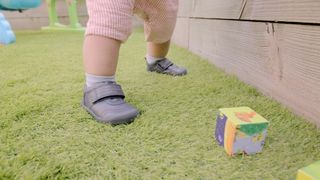
Is it bad for toddlers to wear shoes that are too big?
You may think you’re saving yourself time and money buying shoes for your toddler that they can ‘grow into’. But buying shoes is not the same as buying a new jumper, and getting the right size is key. If you go a size up, they may struggle to walk in them.
“Ill-fitting shoes can compromise the development of the foot and cause long-term damage,” says Sara.
“Shoes that are too wide or narrow can do as much harm as shoes that are too short or too long. Consider buying shoes that are available in different width fittings and have small increments in terms of size.”
However, if they have one foot larger than the other then go for the larger size.
Previously, we've also reported how some types of shoes can be harmful to children as they lack sufficient support, such as ballet pumps and flip flops.
GoodtoKnow Newsletter
Parenting advice, hot topics, best buys and family finance tips delivered straight to your inbox.
-
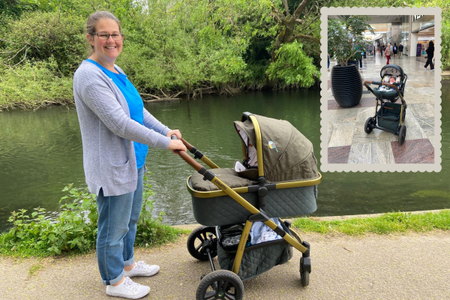 Cosatto Wow 3 hands-on review: practical, beautiful and comfortable - wow!
Cosatto Wow 3 hands-on review: practical, beautiful and comfortable - wow!A versatile travel system with a newborn carrycot, upright pushchair seat and a compatible car seat - everything you need in one stylish package
By Heidi Scrimgeour Published
-
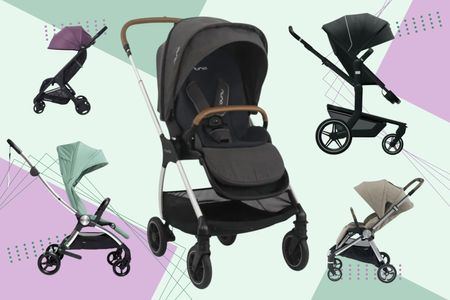 14 of the best pushchairs to buy in 2024: buggies and strollers for growing toddlers reviewed
14 of the best pushchairs to buy in 2024: buggies and strollers for growing toddlers reviewedWe asked a panel of parents to put the latest pushchairs to the test - here's what they thought
By Heidi Scrimgeour Published
-
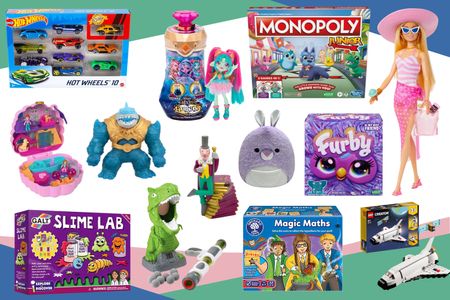 Best toys for 6 year olds 2025: 45 age-appropriate gift ideas from just £6.99
Best toys for 6 year olds 2025: 45 age-appropriate gift ideas from just £6.99From Barbie to slime, and from educational to creative, these top toys for six-year-olds are sure to be a big hit
By Sarah Handley Published
-
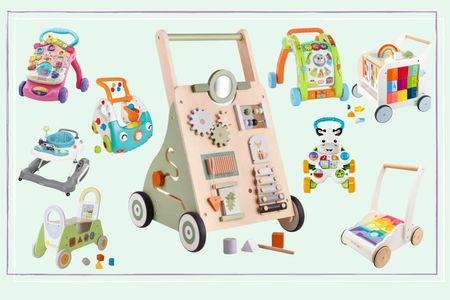 The best baby walkers to buy in 2025: 9 top tried and tested push toys for girls and boys
The best baby walkers to buy in 2025: 9 top tried and tested push toys for girls and boysThe best baby walkers are sturdy and stable — here are the top-rated options that made the cut according to parent testers
By Heidi Scrimgeour Published
-
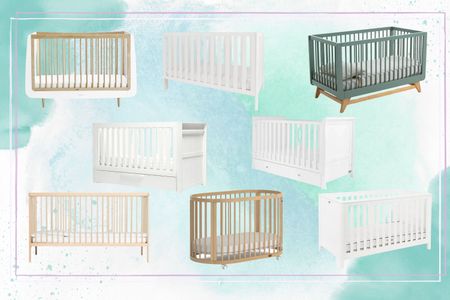 Best cot beds in 2024: 12 sleep solutions, all tried and tested by babies and toddlers
Best cot beds in 2024: 12 sleep solutions, all tried and tested by babies and toddlersDiscover the best cot bed for your baby based on our tried-and-tested parent reviews
By Heidi Scrimgeour Published
-
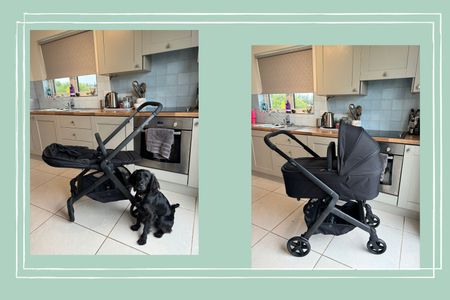 First Look: the new Joolz Hub² is the urban stroller I wish I had when my lads were little
First Look: the new Joolz Hub² is the urban stroller I wish I had when my lads were littleJoolz, the premium pushchair brand, launches its latest masterpiece today - and we got an exclusive early first look
By Heidi Scrimgeour Published
-
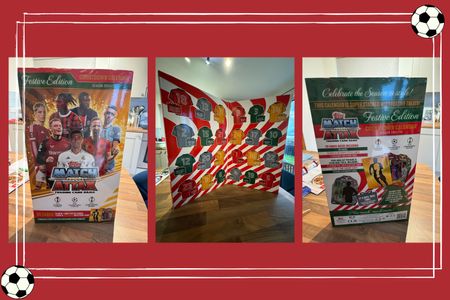 First Look: Match Attax Advent Calendar
First Look: Match Attax Advent CalendarWe recently got our hands on this year's festive must-have for footie fans. It's safe to say our 11-year-old tester (and a total baller) was absolutely thrilled.
By Heidi Scrimgeour Published
-
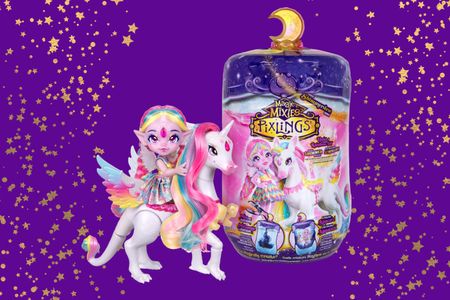 Shimmerverse Pixlings Pegacorn review: this toy might involve a mystery reveal, but it's the doll and her pet that are the real magic
Shimmerverse Pixlings Pegacorn review: this toy might involve a mystery reveal, but it's the doll and her pet that are the real magicFind out how this new Magic Mixies toy faired when tested by our parent tester Punteha and her eight-year-old daughter
By Sarah Handley Published